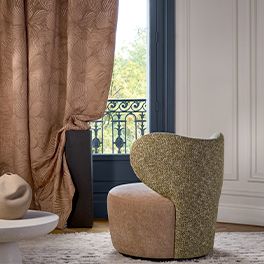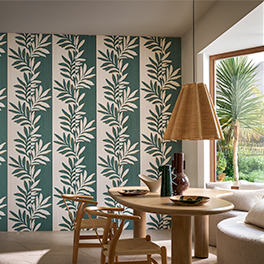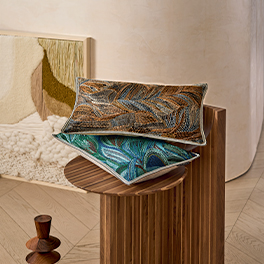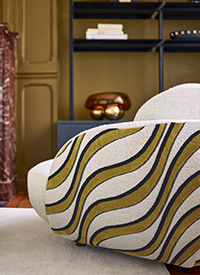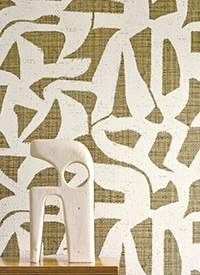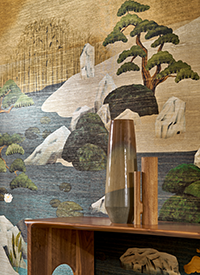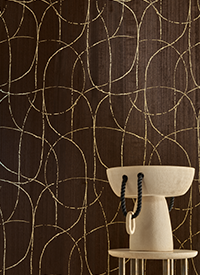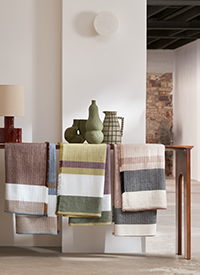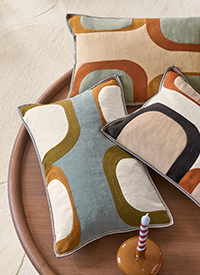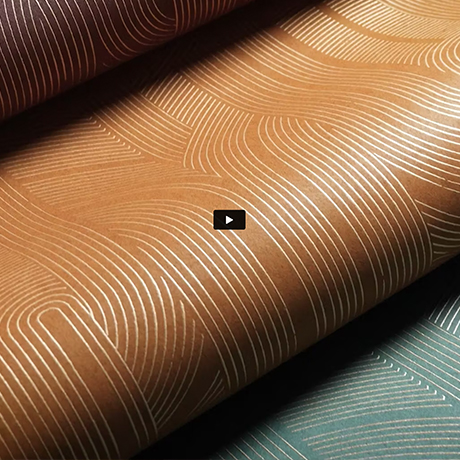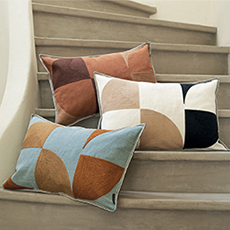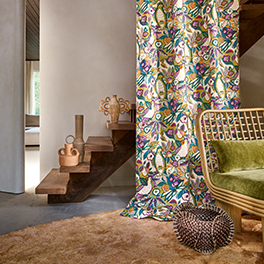Glossary
WA - Angora
Angora comes from the long and silky coats of different animals : rabbit, sheep, goat or yack. The name Angora comes from the name of the town Ankara in Turkey. The hairs are obtained from combing or shearing the animals. Combing obtains longer and silkier hairs. The fibres are then washed, carded and combed to align the fibres and remove the knots. The fibres are then spun and then woven or knitted.
Weave
The weave refers to the method used when crossing the warp yarns (length) and weft yarns (width). Depending on the method of interlacing and the patterns, different motifs are obtained such as canvas or plain weave, twill or satin. All other weaves are variants derived from these basic weaves.
Warp
On a loom, the warp is made of yarns held between bobbins, called beams. These yarns are held horizontally in a low-warp loom but vertically in a high warp loom. The warp is the lengthways support for the weft which is woven widthways. Specific techniques can give different effects : dividing and dyeing the warp in different colours creates an Ikat fabric. The warp and weft can be of different materials depending on the use and look desired.
WS - Cashmere
WA - Angora
WB - Beaver
WG - Vicuna
WK - Camel hair
WL - Llama
WM - Mohair
WO - Wool
WP - Alpaca
WV - Virgin wool
WY - Yak
WO Recycled - Recycled wool

